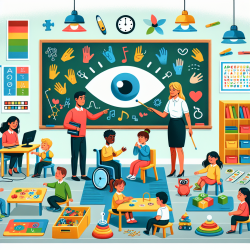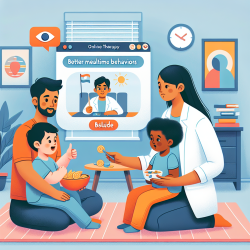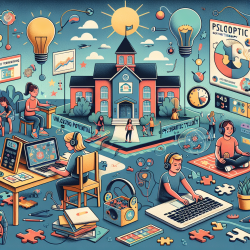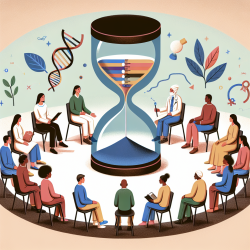Inclusion of autistic students in mainstream classrooms remains a significant challenge in many public elementary schools. The recent study titled “On an island by myself”: implications for the inclusion of autistic students in self-contained classrooms in public elementary schools” provides critical insights into the factors influencing inclusion and offers practical recommendations for educators. Here, we summarize key findings and suggest actionable strategies for practitioners.
Understanding Autism-Specific Culture
The study highlights the importance of understanding the “autism-specific culture” within schools, which includes attitudes, perspectives, and the treatment of autistic students. Principals and special education teachers reported that fostering a positive and inclusive culture requires awareness and proactive measures.
Key Findings:
- Attitudes and Awareness: Educators’ attitudes towards autism significantly impact inclusion. Misconceptions and stigma can create barriers, while positive attitudes and increased awareness facilitate inclusion.
- Social and Academic Inclusion: True inclusion goes beyond physical placement. It involves creating opportunities for social interactions and academic participation in general education settings.
- Professional Relationships: Effective communication and collaboration between general and special education teachers are crucial for successful inclusion.
Practical Recommendations
Based on the study’s findings, here are several strategies that educators can implement to improve inclusion:
1. Enhance Awareness and Training
Provide regular training sessions for all school staff to increase awareness and understanding of autism. This can help reduce stigma and foster a more inclusive environment.
2. Promote Collaborative Teaching
Implement co-teaching models where special education and general education teachers work together in the same classroom. This collaboration can enhance the learning experience for all students.
3. Facilitate Social Interactions
Create opportunities for autistic students to interact with their neurotypical peers through structured and unstructured activities, such as buddy systems, shared recess, and inclusive extracurricular activities.
4. Individualize Support
Adopt a personalized approach to inclusion by tailoring support and accommodations to meet the unique needs of each autistic student. This may involve using tools like visual schedules and positive behavior supports.
5. Address Physical Barriers
Ensure that self-contained classrooms are not isolated from the rest of the school. Place them in locations that facilitate interaction with general education peers.
By implementing these strategies, educators can create a more inclusive and supportive environment for autistic students, promoting their academic and social success.
To read the original research paper, please follow this link: “On an island by myself”: implications for the inclusion of autistic students in self-contained classrooms in public elementary schools.










